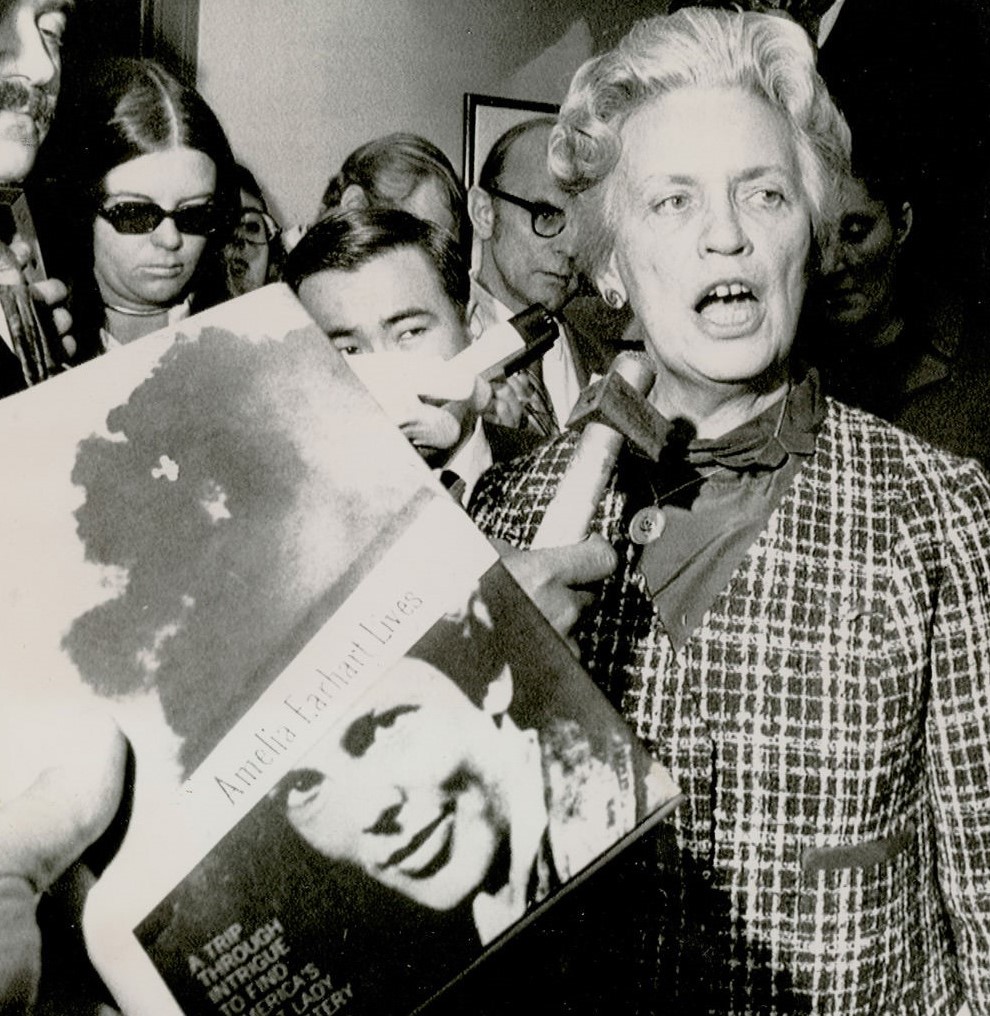I am honored to report that my play “The Last Flight of the Electra” has received its second recognition in a month as a semifinalist in 2024 FutureFest, a new play contest sponsored by Dayton Playhouse of Dayton, Ohio!
Dayton Playhouse is a well-regarded community theatre founded in 1962 that provides outstanding theatrical productions to the Miami Valley area of Ohio and is the only theater in its vicinity to operate on a 12-month schedule.
Alongside its theatrical credentials, Dayton has become well-known for FutureFest, its annual festival of new and unproduced plays that started back in 1991, making it one of the longest-running new play festivals in the United States and a great incubator for new theatrical work.
Not only am I thrilled to be recognized as a semifinalist in such a well-known and well-respected contest, but there were over 470 script submissions entered this year alone, putting my script in the top 2.5% of all submitted scripts and making it one of the more selective contests in which any of my plays have been recognized. (Yes, I bothered to calculate the exact percentage!)

I sincerely wish Dayton Playhouse the best for the remainder of their festival and, again, am thrilled for “Electra’s” double recognition this April!


